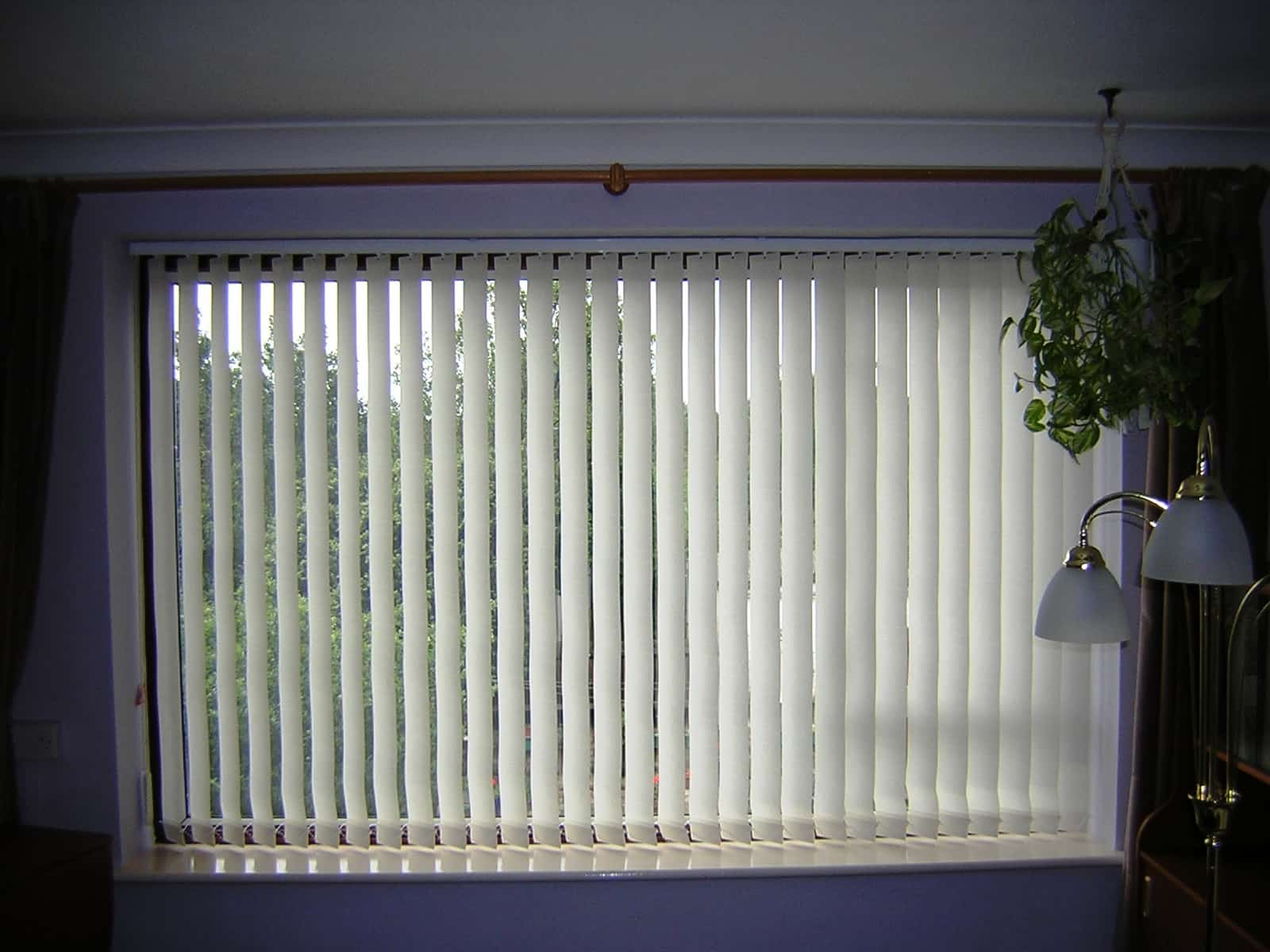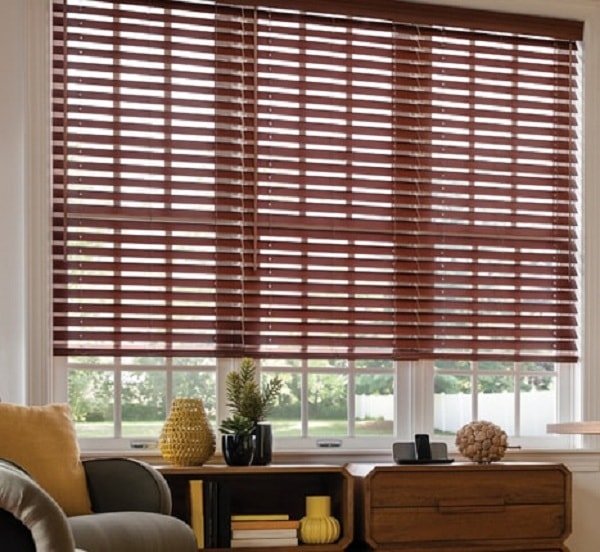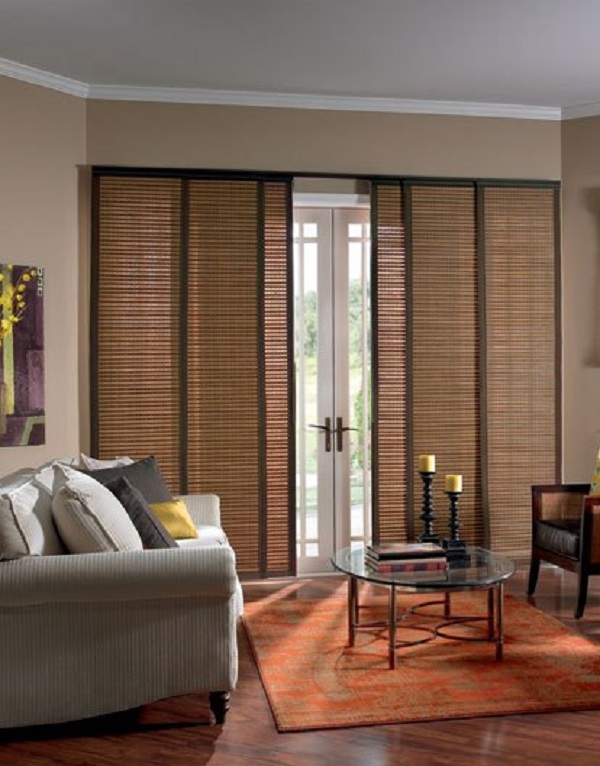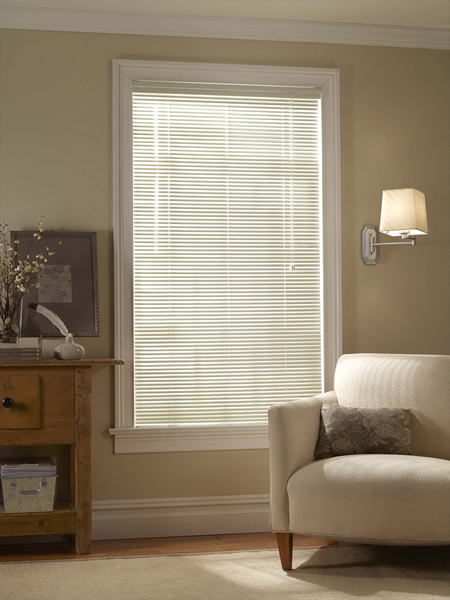Nowadays, the interior designers are constantly creating new designs for the window treatments. The most popular window treatments are curtains, blinds and shades. They are available in unique styles and designs. Among them, window blinds are a modern alternative to the curtains.
Window Blinds are made up of materials like wood, bamboo, aluminium, plastic or composite materials. It may vary in shape, styles, material and size as much as any other kind of window treatments. You need to choose according to your budget preferences and practical requirements!
One need to balance decorative and functional requirements and assess as to what extent a blind will be needed to block light or to provide privacy. These factors affect both the material you choose and mechanism that you will need.
To make the right choice when purchasing window blinds, homeowner need to know,
What types of window blinds are available?
How they are commonly used?
How do they serve their purposes?
Various Styles of Window Blinds
Following are the different types of window blinds:
Venetian Blinds or Horizontal Blinds:
Venetian blinds are one of the most popular types of window blinds. It is also known as horizontal blinds as it is made of horizontal slats, attached one above the other. As it is raised, the bottom slat is pressed into the slat above it. The string cording holds the slats together, and when rotated, they move in a harmonized motion. The cording system allows the blinds to fully open, fully closed or partially open and close as per necessity of daylight. The common slat width for a venetian blind is 1 inch, but they range in sizes up to 4 inches and even above. It is ideal for those who are looking for stylish and effective window covering.
Horizontal blinds are available in various materials such as plastic, wood and metal. Wood blinds offer a warm and natural look as well as being a natural insulator.

Vertical Blinds:
Vertical blinds are almost similar to venetian blinds but in vertical blinds, slats are vertical instead of horizontal. These vertical slats run along the track at the top of the blinds. It is opened from side to side or by parting in the middle. The vertical slats reduce the amount of dust that collects on the slats when compared to horizontal blinds. Vertical blinds are perfect for large windows. A wide range of materials are used for slats such as the aluminum, faux wood, fabric, solar, cellular screen, stiffened plastic, etc. They are easy to maintain and can be wiped with a cloth or a sponge when they need to be cleaned!

Faux Wood Blinds:
Faux wood blinds provide the same beautiful look like wood. But they are made from the synthetic materials which made faux wood blinds more economical than wooden blinds. They are not made from the natural wood, hence they can be used in higher humidity areas like bathrooms. Faux wood blinds are more durable and less expensive than wood.

Courtesy - Graberblinds
Panel Track Blinds:
Panel track blinds are also known as sliding window panels or panel tracks. It is simple, versatile and stylish solution for large windows. It is also used to divide any room i.e. an open plan living area can be easily transformed for privacy or to create a new area like a home office.
Panel track blinds have sections which move along a track which allows opening and closing them. Each panel blinds rides on an individually wheeled carrier or track for easy operation and modern appearance. These large fabric panels hang vertically and slide to reach open or closed positions. Panel track blinds can be mounted to the ceiling or the wall. It is available in many fabric patterns, styles and colour.

Courtesy - blindsgalore
Mini Blinds:
Mini blinds are a form of venetian blinds but that offers a smaller slat and a more shiny style. The smaller slats are suitable for smaller windows. The common slat size for mini blinds is generally around 0.5 to 1 inch in width.

Courtesy - blindschalet
Mini blinds have a slim architectural look and they suit for a contemporary interior. They are difficult to clean but good insulators in winter.
It is needless to point out that while the window blinds restrict light, it also helps in controlling heat apart from adding the beauty and décor the room. The advantage with window blinds is that they don’t fade like curtain. They are tricky and delicate to operate. If the quality is not good, they become dis-functional over a shorter period of time!


